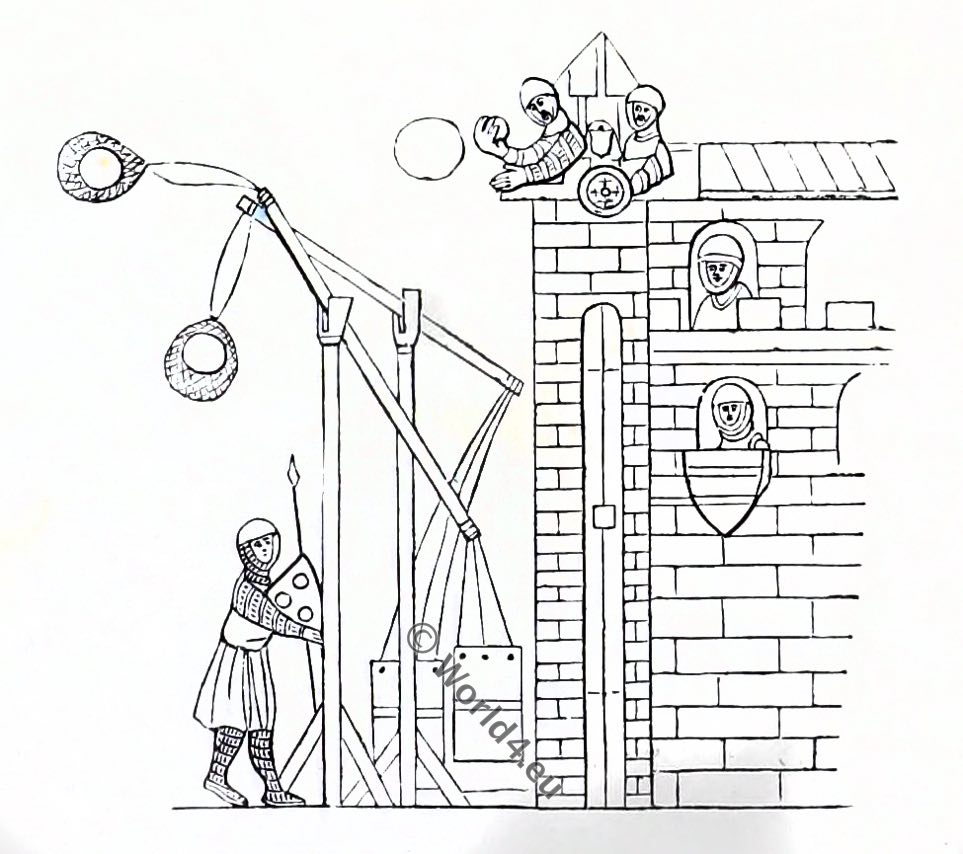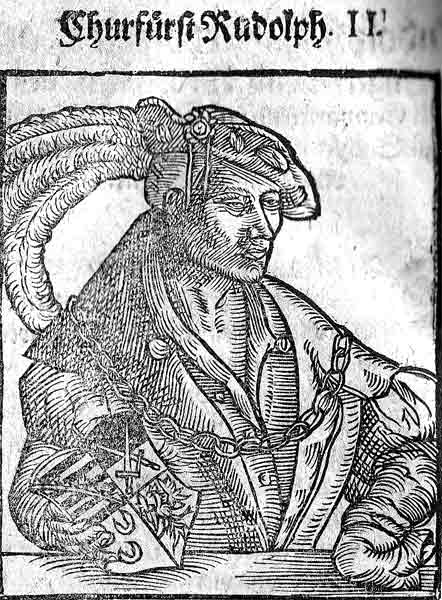

Albert's lands comprised the margravate of Meissen (with Dresden as his capital) and northern Thuringia. 1464), by the Treaty of Leipzig, arranged what came to be a permanent division between the Albertine (eastern) and Ernestine (western) Saxon lands. Following Friedrich's death (1428) the Wettins disputed the division of the inheritance in 1485 Albert and Ernest, the sons of Friedrich II (d. When the Wittenberg line became extinct in 1422, the duchy and electorate of Saxony was bestowed on Friedrich I the Warlike, margrave of Meissen and a member of the house of Wettin, and the name Saxony was then applied to all the Wettin possessions, including Osterland (the area around Leipzig) and large portions of Lusatia and Thuringia. The Lauenburg line survived until 1689, after which its lands were absorbed by Hanover. From the mid-13th century, the duke of Saxony was recognized as an imperial elector (a prince with the right to participate in choosing the Holy Roman Emperor) a dispute over this right between the two branches was settled in favour of the Wittenberg branch in 1356. Both territories were united under the Ascanian family until 1260, when two separate Ascanian dynasties emerged. Barbarossa (1123-1190) in 1180, the duchy was broken up, and only two small and widely separated territories retained the Saxon name: Saxe-Lauenburg, southeast of Holstein, and Saxe-Wittenberg, along the middle Elbe (now north of Leibzig). When Heinrich the Lion was outlawed by the Holy Roman emperor Friedrich I. The duchy thereafter passed to Henry III the Lion of the house of Welf in 1142. In 961 the Saxon ducal title was transferred to the Billung family, which held it until 1106.

Under the Ottonians, the Germans advanced eastward into Slavic territory.

He founded the Saxon, or Ottonian, dynasty, which held the German crown until 1024. In 843 Saxony became part of the East Frankish, or German, kingdom.īy the early 10th century Saxony had emerged as a hereditary duchy under the Liudolfing dynasty, and in 919 Duke Henry of Saxony was elected German king. In the late 8th century the Saxons were conquered and Christianized by the Frankish ruler Charlemagne. From there the Saxons expanded westward by sea to Britain in the 5th century. This territory included Holstein and the area west of the lower Elbe River, in what is now the German Land (state) of Lower Saxony. It has been applied: (1) before AD 1180, to an extensive far-north German region including Holstein but lying mainly west and southwest of the estuary and lower course of the Elbe River (2) between 11, to two much smaller and widely separated areas, one on the right (east) bank of the lower Elbe southeast of Holstein, the other on the middle Elbe and (3) between 14, to a large central German region with its principal axis even farther up the Elbe and including, in the widest sense, all the country from Thuringia to Lusatia, bordering Bohemia (now in the Czech Republic).īefore 1180 the name Saxony was applied to the territory conquered between about AD 200 and 700 by the Germanic Saxon tribe. Any of se veral major territories in German history.


 0 kommentar(er)
0 kommentar(er)
